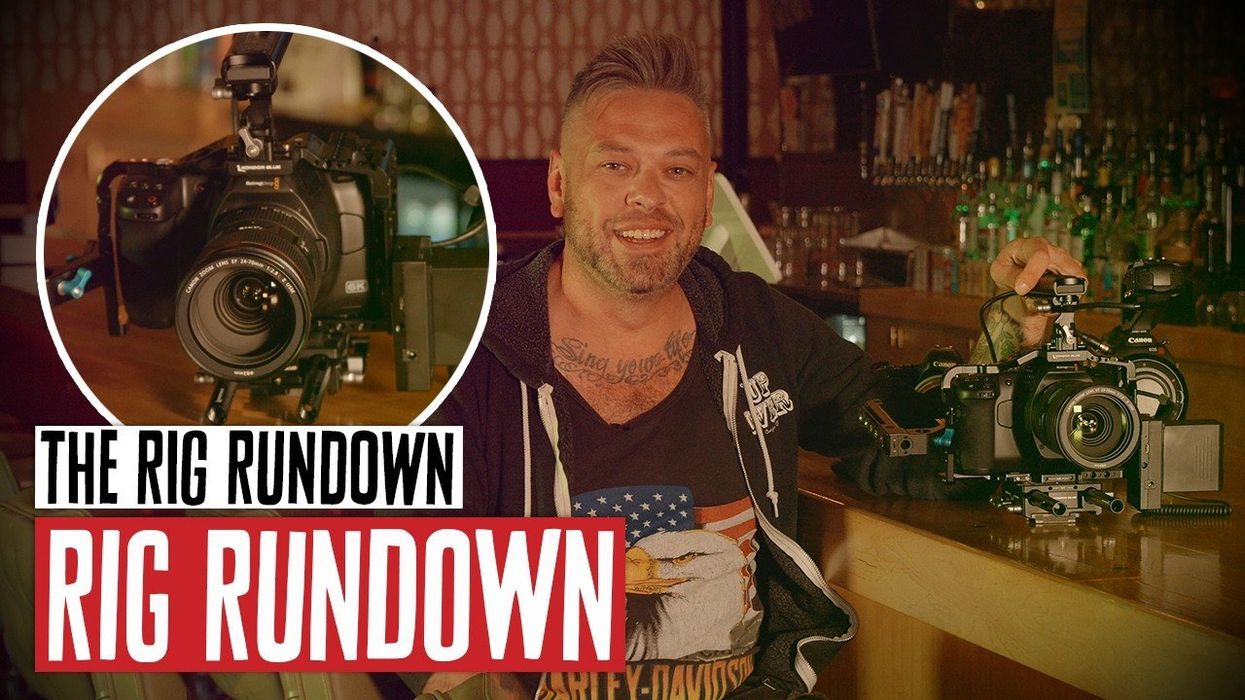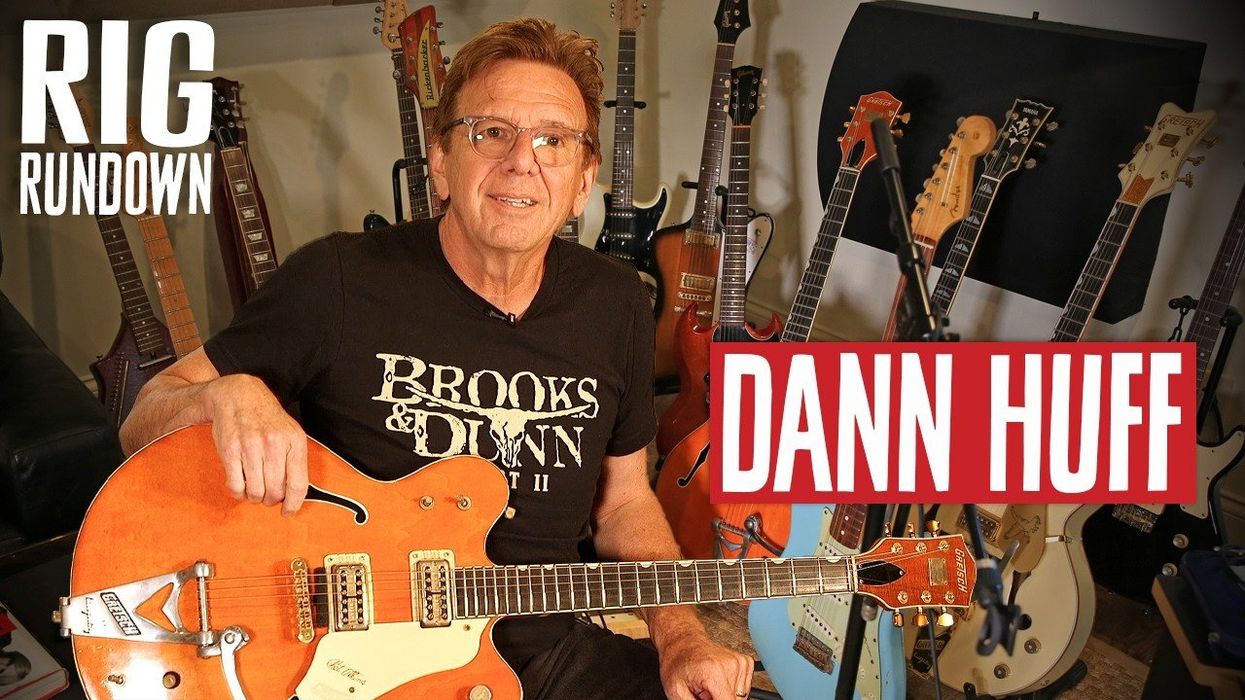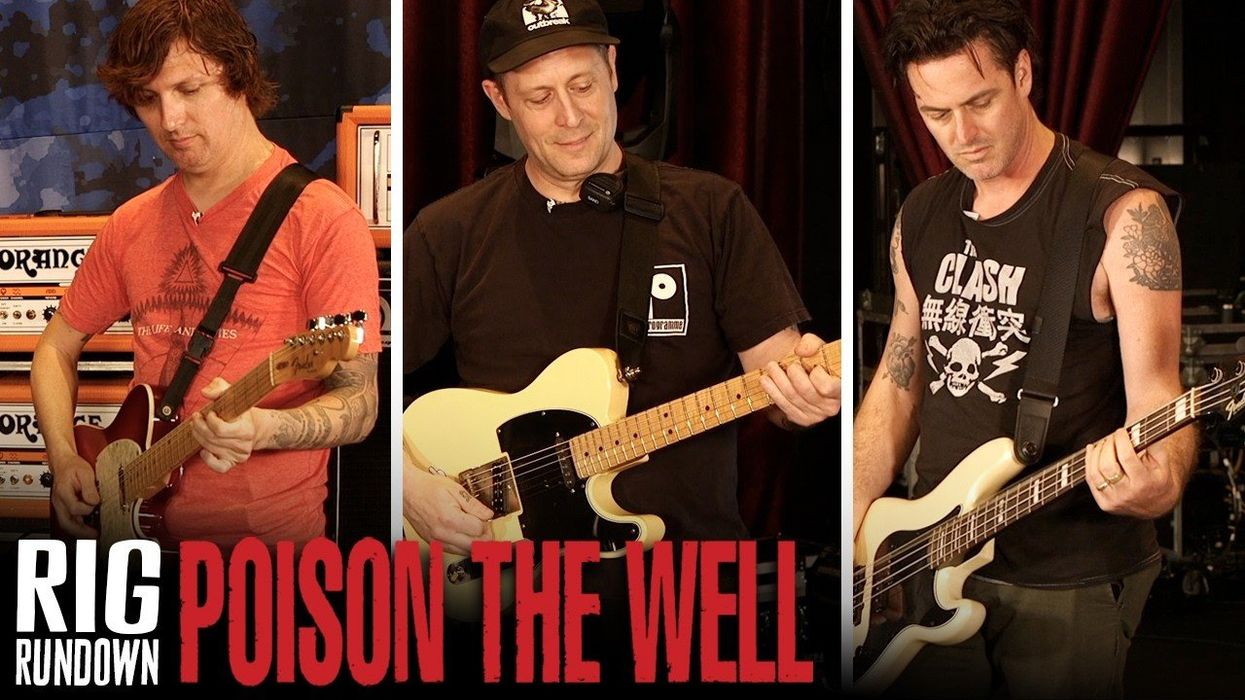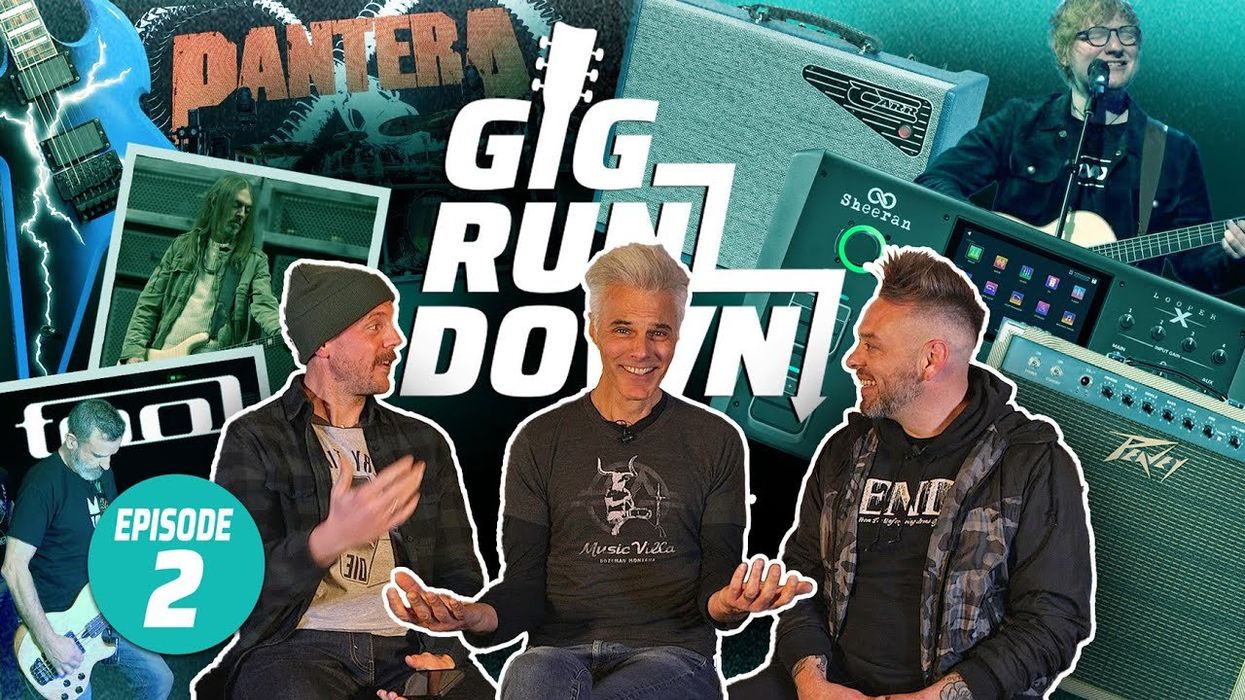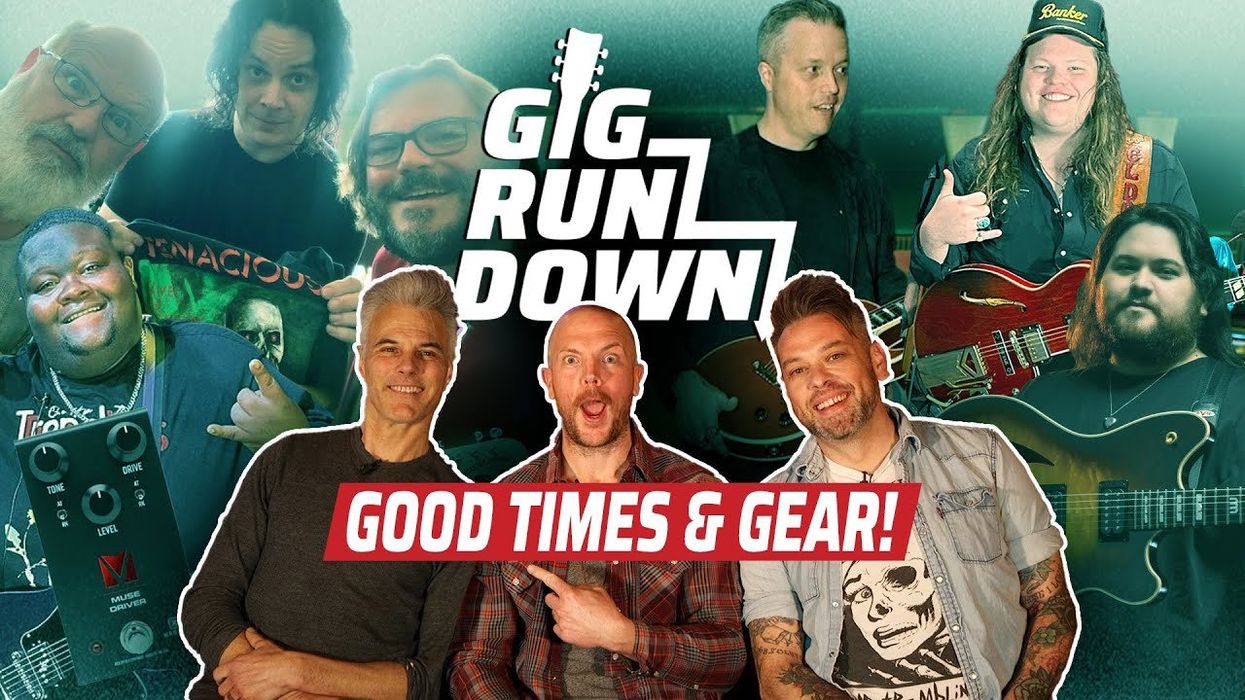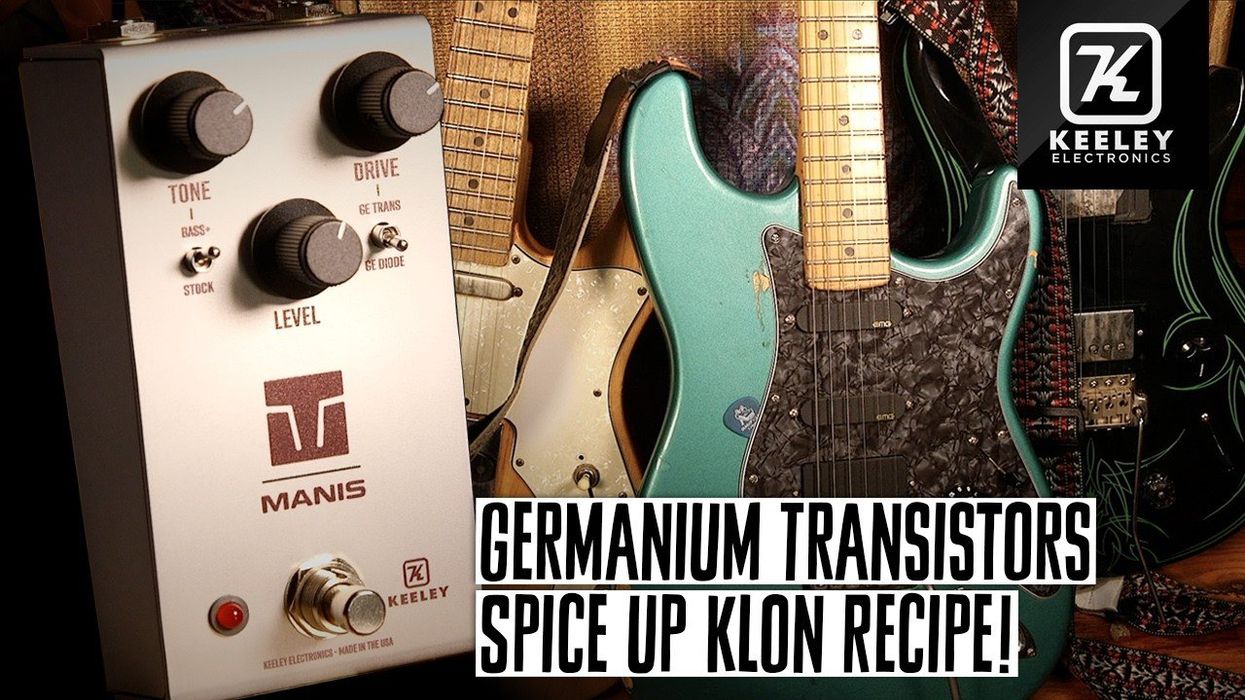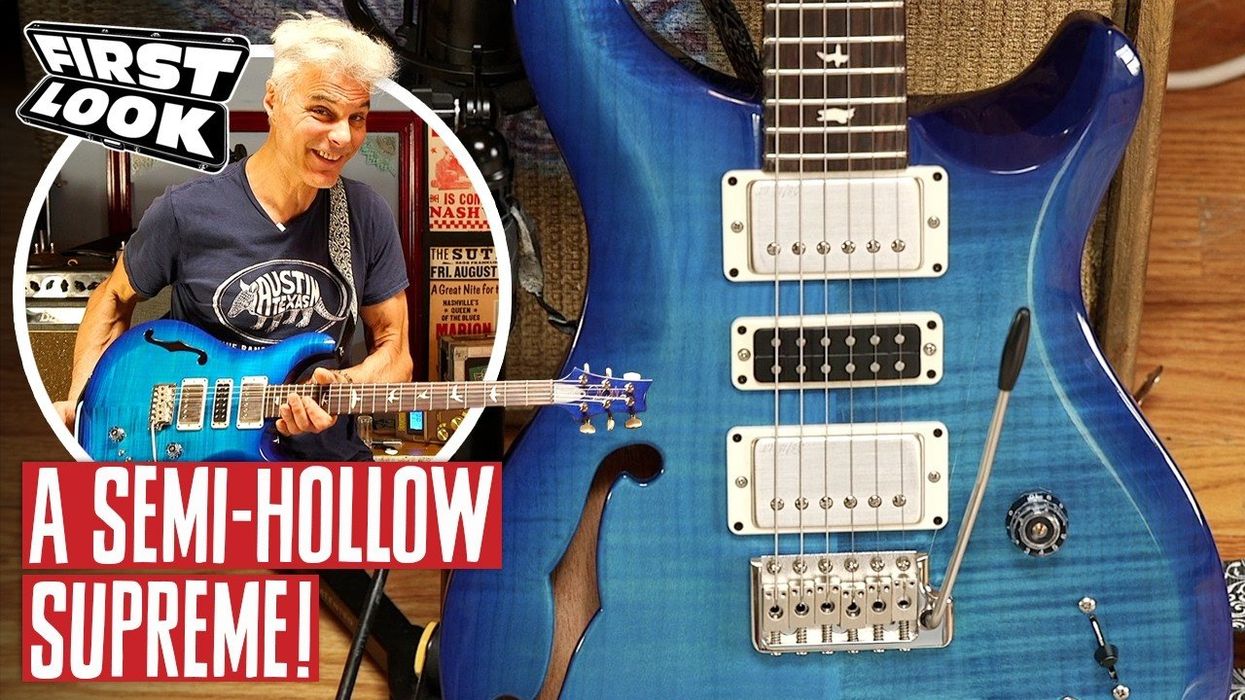Rig Rundown
Keith Urban Rig Rundown for High and Alive Tour 2025
By John BohlingerJul 09, 2025
John Bohlinger
John Bohlinger is a Nashville-based multi-instrumentalist best known for leading the band on NBC's Nashville Star, serving as music director for the CMT Awards and specials on PBS and GAC, and of course for his appearances in PG Rig Rundown, Review Demo, Axes & Artifacts, and What Bohlinger Plays videos.
Down Under’s number one country guitar export—and November 2024 Premier Guitar cover model—Keith Urban rolled into Cincinnati’s Riverbend Music Center last month, so John Bohlinger and the Rig Rundown team drove up to meet him. Urban travels with a friendly crew of vintage guitars, so there was much to see and play. In fact, so much that they ran out of time after getting through the axes! Later, Bohli and Co. met up with Urban tech Chris Miller to wrap their heads around the rest of the straightforward pedal-free rig he’s rockin’ this summer.




